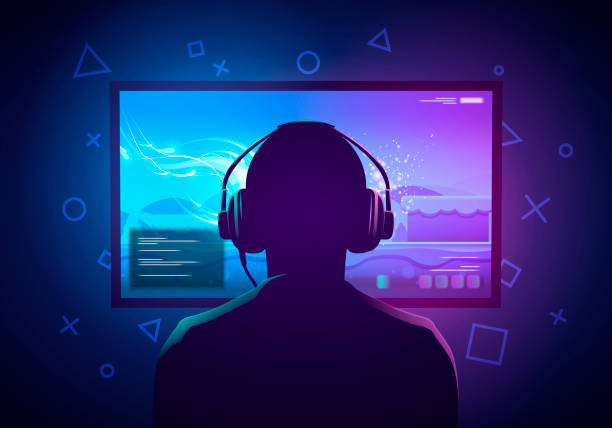Your cart is currently empty!

The Complete Beginner’s Guide to Level Design

Level design is the heartbeat of gameplay. A well-designed level can keep players engaged, challenged, and immersed in your game world. But how do you craft levels that are both fun and functional? In this beginner’s guide, we’ll break down the essential principles of level design—from pacing and player flow to difficulty balance.
What Is Level Design?
Level design is the process of planning and creating environments, stages, or maps where gameplay occurs. It involves placing obstacles, rewards, paths, and enemies in a way that enhances the player’s experience.
Key Principles of Engaging Level Design
1. Player Flow and Navigation
Player flow refers to how intuitively the player moves through the level. A good level should:
- Guide players naturally without needing obvious instructions
- Use visual cues (like lighting or landmarks) to direct movement
- Avoid dead-ends unless they contain secrets or rewards
2. Pacing and Variety
A great level has a rhythm—a mix of tension and release. Avoid monotony by:
- Alternating between high-intensity moments (e.g., enemy encounters) and calm sections (e.g., exploration or puzzles)
- Varying environments and challenges to keep things fresh
3. Progression and Challenge Scaling
Start easy, then gradually increase difficulty. Use early levels to:
- Introduce core mechanics
- Let players experiment safely
- Build toward more complex challenges in later sections
4. Landmarks and Orientation
Players should always know where they are and where to go. Use:
- Distinct visual markers like towers, statues, or terrain features
- Consistent color schemes or lighting
- Mini-maps or HUD elements if needed
5. Risk and Reward Placement
Encourage exploration and decision-making by:
- Hiding powerful items or shortcuts in harder-to-reach areas
- Offering trade-offs (e.g., risky path with better loot)
Tools for Level Design
You can start designing levels using the following tools:
- Tiled: Great for 2D tile-based maps
- Unity + ProBuilder: Flexible for 2D and 3D levels
- Godot TileMap Editor: Lightweight and beginner-friendly
- RPG Maker: Drag-and-drop environment building for RPGs
Testing Your Level
Once you build a level:
- Playtest repeatedly
- Watch how new players navigate the space
- Take notes on frustration points or unclear areas
- Iterate based on feedback
Conclusion
Level design isn’t just about aesthetics—it’s about guiding players through a meaningful, enjoyable experience. By focusing on flow, pacing, challenge, and clarity, you can craft levels that keep players coming back for more.
Need Level Design Templates or Tools?
Visit NextLevelGamingStore.net to explore assets, tilesets, and maps perfect for bringing your level designs to life!

